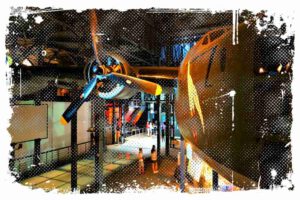Southern Poland is a treasure trove of beautiful landscapes and cities steeped in history. I’m sure you’re curious about which ones are particularly noteworthy and what attractions make the southern part of the country an unforgettable adventure. Let’s dive into it!
Kraków
Krakow, the historical capital of Poland and a pivotal city of Lesser Poland, captivates everyone with its legends, artistic aura, and masterpieces. You can feast your eyes on these at the National Museum and the house of Jan Matejko.

The royal castle on Wawel and the Old Town, famous for St. Mary’s Church, St. Florian’s Gate, and the Cloth Hall, are simply mesmerizing. Also, don’t miss the lively Kazimierz district, where you can explore magnificent synagogues and savor kosher dishes in restaurants serving Jewish specialties.
If you have a penchant for socialist realism, a trip to Nowa Huta will be a treat. This district is renowned for its intriguing urban planning and fallout shelters. And for the kids? A rendezvous with the Wawel Dragon, guarding the entrance to its cave, will be a memorable adventure.
↳ PRO TIP: Do you like traveling? Then before you buy any ticket or book an attraction, check if it's available in this worldwide Viator Database. You may save a lot of money and time. No need to thank me :)
Pszczyna
Pszczyna, dubbed the “Pearl of Upper Silesia” is undoubtedly a standout city in southern Poland. It’s perfect for history enthusiasts and magnate residence admirers, as well as those who enjoy basking in nature.

The local castle, with its splendid interiors and numerous mementos of Princess Daisy, a significant figure in Pszczyna, is awe-inspiring. Her statue graces the main market square, which also features many ancient tenement houses and a historic Evangelical church.

Surrounding the castle is a park that includes the Farm of the Pszczyna and the Show Bison Farm. For aficionados of technical monuments, the Museum of the Silesian Press awaits.

Lanckorona
Lanckorona, often referred to as the City of Angels, enchants with its singular ambiance. Its closeness to Kalwaria Zebrzydowska and the breathtaking vistas of the Makowski Beskids lure tourists seeking tranquility in an idyllic setting. So, what’s worth seeing in Lanckorona?

Your visit won’t be complete without a stop at the market square, which is encircled by preserved 19th-century traditional houses. One of these hosts the Ethnographic Museum of the Land of Lanckorona, which houses a collection of Bar Confederates’ memorabilia.

Close to the market square, you’ll find the Nativity of St. John the Baptist. It’s worth a visit, particularly for the painting of Our Lady of Lanckorona. Also, consider heading to Castle Hill to explore the ruins of a castle built during King Casimir the Great’s reign. This edifice played a crucial role during the Bar Confederation, as indicated by commemorative plaques.

Kłodzko
Kłodzko, one of Lower Silesia’s most picturesque cities, benefits from its proximity to the Sowie and Stołowe Mountains. A tour of Kłodzko is also a fascinating journey for history buffs, with a plethora of monuments awaiting.

The imposing Kłodzko Fortress, which can be explored with a local guide, is a must-see. Additionally, the Underground Tourist Route and the Museum of the Kłodzko Land offer a wealth of valuable insights into the region’s history and natural surroundings.

Plan your stroll around Kłodzko to include some downtime at the expansive market square and a visit to the late-Gothic Collegiate Church of the Assumption of the Blessed Virgin Mary.

The interior boasts Baroque sculptures by Michał Klahr the Elder, among other artworks. Another city symbol is the Gothic Bridge on Młynówka, adorned with Baroque statues of saints, including St. John of Nepomuk.

Cieszyn
Cieszyn Silesia is brimming with charm, and touring its area is a delight for culture and history enthusiasts. Cieszyn itself has much to offer, and a stroll along the Olza River can turn into a grand adventure.

The market square, encircled by lovely tenement houses, Góra Zamkowa with its Romanesque rotunda and the Piast Tower are not-to-be-missed attractions. In Cieszyn, it’s also worth exploring the Cieszyn Venice and the Well of the Three Brothers, which relates to the city’s founding legend.
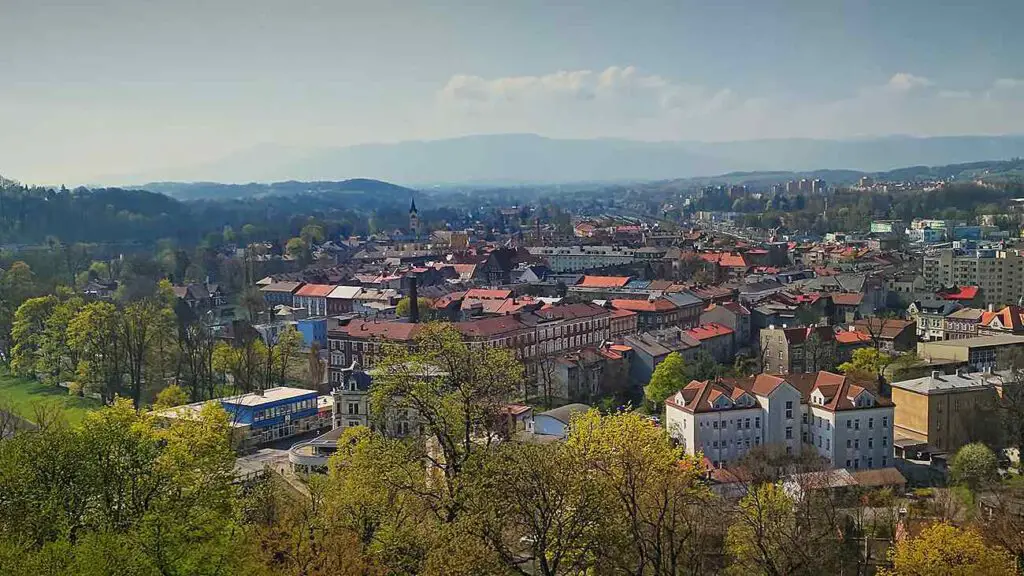
The Museum of Cieszyn Silesia houses a collection of valuable exhibits. And guess what? You can also cross the Friendship Bridge and uncover the attractions in the Czech part of the city.

Żywiec
I can tell that Żywiec is a dream come true for mountain lovers. Nestled at the junction of the Beskids: Śląskie, Żywiecki, and Mały, Żywiec is surrounded by stunning views of the Soła valley and the nearby Lake Żywieckie. This artificial reservoir is a key spot for rest and recreation in the Silesian Voivodeship.

Additionally, the city holds fascinating memories of the Habsburgs, evidenced by a grand palace and a historic brewery. If you want to dive deep into its history, a guided walk will reveal it all.

The city is also marked by a magnificent market square, historic houses, and interesting sacral monuments. The imposing cathedral, housing the tombs of the Habsburgs and a tower serving as a vantage point, will leave an impression.

Close by, the Holy Cross church and nearby penitential crosses, remnants of a former justice system, are also worth a visit.

Jelenia Góra
Next on the list is Jelenia Góra, a perfect starting point for trips to the Karkonosze and Rudawy Janowickie mountains. Both areas offer breathtaking views and natural treasures. Jelenia Góra is also ideal for history enthusiasts keen to explore Lower Silesia.

You should know that the city is home to the remnants of its fortifications, marked by the Grodzka Tower and the Castle Tower. Other attractions include beautiful tenement houses by the market square, the town hall, and a Neptune fountain.

Don’t miss the Church of Grace, currently serving as a garrison church, and the Karkonosze Museum, boasting an impressive collection of artistic glass.

Krynica–Zdrój
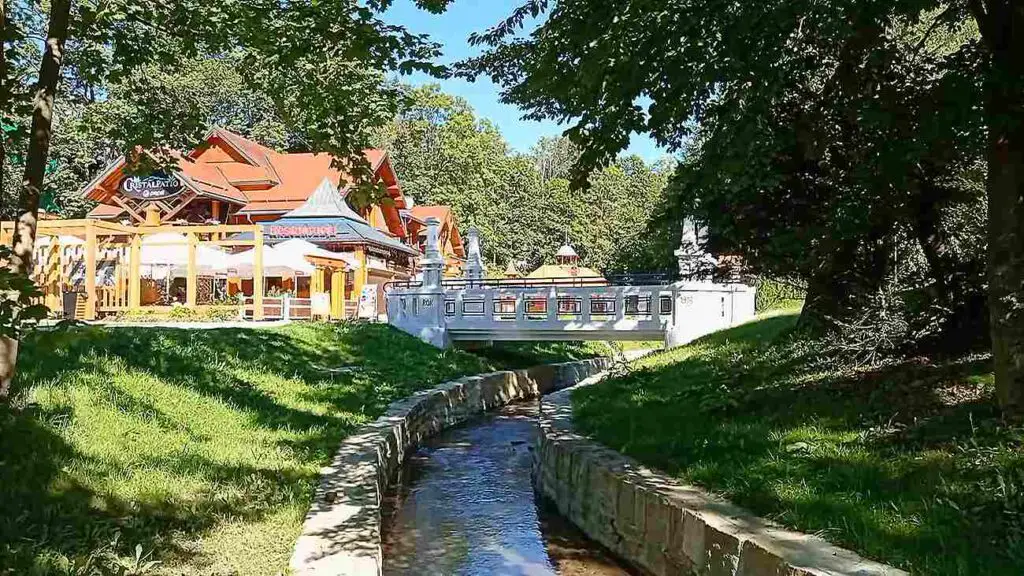
Krynica-Zdrój is known as a popular spa and summer resort, but it also has an interesting history and plenty of monuments to explore all year round. If you need some suggestions, try walking around Góra Parkowa, relaxing in the Pump Room, or taking a stroll in the park.
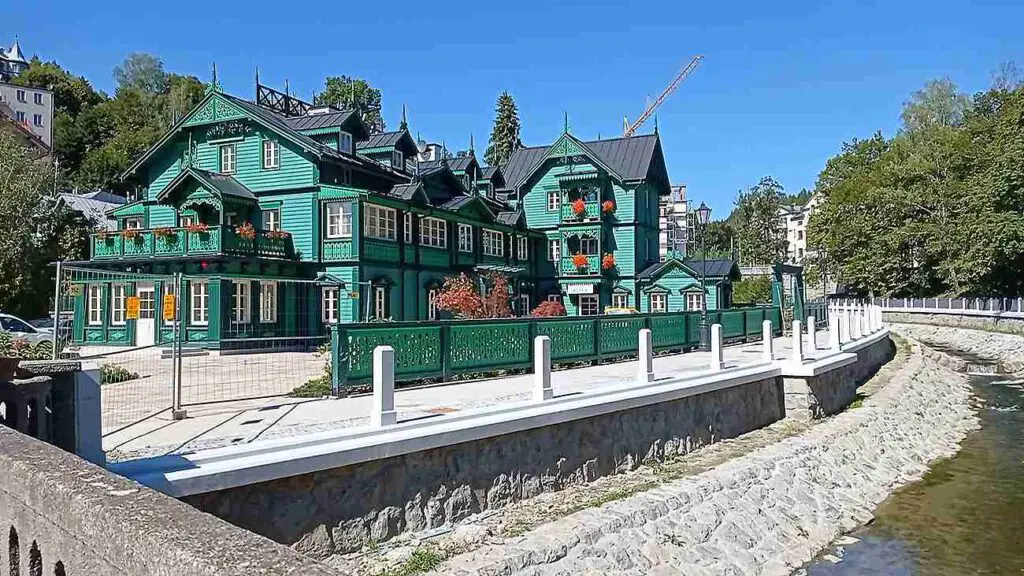
It is worth saying that the Museum of Nikofor Krynicki, which brought fame to the Małopolska health resort among art connoisseurs, is a must-visit. Additionally, the Krynica Trail of the Lemko Orthodox Churches offers a glimpse into the sacral art of the Sądecczyzna region and the history of its former inhabitants, the Lemkos.

Szczawnica
For some, Szczawnica is a starting point for mountain trips in Beskid Sądecki or the Pieniny Mountains. For others, it’s a trendy health resort offering a wide range of healing treatments. If you are there, the modern sanatoriums, old villas, and boarding houses from the 19th century are sure to delight.

Other worthy sights include the Pump Room and spa parks. For a pleasant walk, try the recreational areas at Grajcarek or the walking paths along the Dunajec River. If you want a mountain atmosphere, head to the Orlica chalet or the Slovak Red Monastery via the Pienińska Droga.

Additionally, a cable car ride to Palenica will let you admire Trzy Korony and Wysoka, the highest peak of the Pieniny Mountains. From Szczawnica, you can also visit Jaworki and the Homole Gorge or take a scenic walk to Bacówka pod Bereśniku.

Zakopane
Zakopane is dubbed the capital of Podhale and is the most important center for winter sports in Poland. The proximity of the Tatra National Park and hiking opportunities in the Gubałówka area make it a favorite destination for active recreation enthusiasts.

Zakopane is also home to wooden villas and memorabilia of famous patients, including Willa Kasprowicza na Harenda, the renowned “Atma” by Karol Szymanowski, and “Opolanka”, where Kornel Makuszyński lived.

Other attractions include Wielka Krokiew, a walk along Krupówki, and the collections of the Tatra Museum. Lastly, the old cemetery, where famous Poles associated with the Tatras and Podhale rest, is worth a visit.

Vistula (Wisła)
Wisła is a well-regarded spa and summer resort from where you can plan exciting trips to the Silesian Beskids. It’s also a renowned center for winter sports, made famous by Adam Małysz.

Here, you can see the ski jumps of Adam Małysz and the historic center featuring the Spa House and a unique Evangelical church.

The Beskid Museum, which offers insight into the region’s history, and the gallery displaying the trophies of the famous ski jumper, are delightful attractions.

For active people, Wisła is ideal. You can hike to Stożek or Czantoria, or explore the Równica area. If you want to reach the sources of the Vistula, you can climb Barania Góra or visit the Czarna Wisełka Valley or the Biała Wisełka Valley.
Wroclaw
Wroclaw, the capital of Lower Silesia, enchants with its atmosphere and numerous bridges, earning it the nickname “Venice of the North”. A walk along the Odra River is just one of many activities for tourists.

Wroclaw is home to the oldest zoological garden in Poland, the grand Centennial Hall, and museums showcasing valuable art pieces. The Four Domes Pavilion will captivate contemporary art enthusiasts, while historians will appreciate the National Museum and the famous Racławice Panorama.
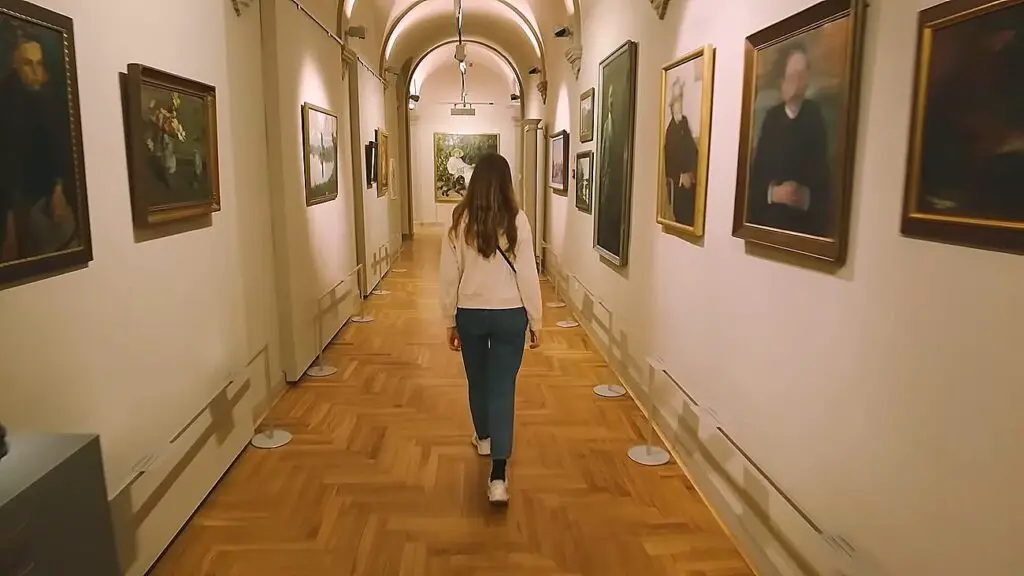
A must-do in Wroclaw is a stroll around the Old Town, centered around the Market Square. Gothic temples and charming tenement houses abound, with the Jaś and Małgosia houses being particularly notable.

The University of Wroclaw building is impressive, housing the Aula Leopoldina, one of the world’s most beautiful baroque interiors. Another treat is a walk around Ostrów Tumski, the city’s oldest part, known for its ancient churches, gas lanterns, and a lovely botanical garden.

Paczków

Paczków, dubbed the Polish Carcassonne, impresses with its medieval history, intriguing urban layout, and well-preserved defensive walls. Worthwhile sights in this Lower Silesian city include the town hall with its observation deck, St. John the Evangelist Church, the Executioner’s House, the Motorization Museum, and Poland’s only Gas Industry Museum, which boasts Europe’s largest collection of gas meters.
Bystrzyca Kłodzka
A stop in Bystrzyca Kłodzka during a trip to the Sudety Mountains is highly recommended. The city charms with its ambiance, historical buildings, and rather unusual museums.

Highlights include the old town, the city pillory, the grand town hall, St. Michael the Archangel Church, and the unique Filumen Museum dedicated to matches and lighters.

Bystrzyca Kłodzka is also an excellent base for trips to the Bystrzyckie Mountains. Popular destinations include Kusi Jagodzin and Przełęcz Spalona, and the peat bog near Zieleniec, one of the Sudetes’ most important nature reserves.
Wadowice
Wadowice, the birthplace of Karol Wojtyła (Pope John Paul II), is filled with memorabilia related to him. The John Paul II Family House, the Basilica of the Presentation of the Blessed Virgin Mary, and cafes serving the famous cream cakes are the town’s main attractions.
Other notable sites include the private Hell’s Angels museum, focusing on a plane shot down over Auschwitz-Birkenau, and the former junior high school attended by writer Emil Zegadłowicz.
For active visitors, Wadowice is a great starting point for trips to the Beskid Mały. You can begin your journey to Leskowiec and Groń Jana Pawła II, peaks known for their stunning views and the papal trails that cross them.
Summary
Poland is a country rich in history, culture, and natural beauty. From the bustling city of Wroclaw to the peaceful spa town of Wisła, there is something for everyone. If you are a history buff, a nature enthusiast, or simply looking for a relaxing getaway, Poland has something to offer.
Remember to explore not only the well-known cities but also the smaller towns and natural reserves to get a complete experience of this beautiful country.
References:
- https://pl.wikipedia.org/wiki/Polska
- https://pl.wikipedia.org/wiki/Krak%C3%B3w
- https://pl.wikipedia.org/wiki/Cieszyn

